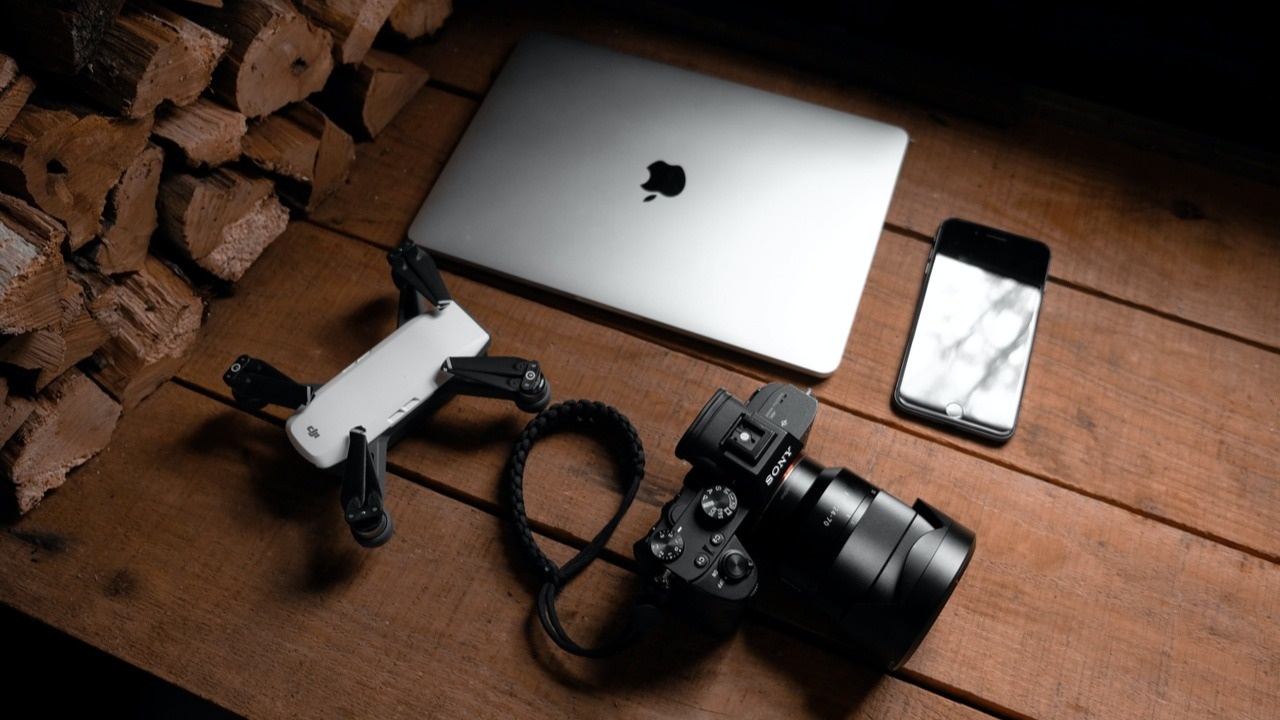The Importance Of A Drone Portfolio

As commercial drone pilots, we are all in it for the money. There is no need for a Part 107 license unless you wanted to trade your skills on the sticks and behind the lens for some profit.
Once you have your license, the next challenge is finding work. If you are new to the industry, there are many ways to find gigs. You can cold-call people, advertise, join pilot networks, write blogs that bring attention to your services, go door to door, and countless other options.
If you have spent any time looking for work, you will probably know that most potential customers won't hire you until they see what you can do. There is no better and more cost-effective way to do this than having a portfolio of your work.
Your portfolio showcases the skills you have. It is the fastest way to give people an idea of what you are capable of doing for them. A good portfolio can lock in sales. A poorly put together one, or none, will lose you potentially lucrative projects. Let's discuss some tips for building or improving your portfolio.
The first thing to consider when making your portfolio is to identify your customers. Real estate agents want to see different photos than someone in say construction or mining. What good is it if your videos only show wind turbine inspections when you are trying to land a contract for filming someone's wedding?
I like to divide my portfolio up by services. Most of the drone gigs I get are for vacant land photography, residential/commercial real estate, mapping, and search and rescue operations. I have a folder for each of these with videos and images that showcase what I can provide.
Another good feature to include in your portfolio is a town reel. Even if your services aren't specific to cinematic photography, people like seeing where they live. A good town reel will last no more than 90 seconds and include information about the location and your business. For more on building a town reel, check out our YouTube video!
In each section of your portfolio, include information on your services related to the content. For example, are you only taking pictures and videos, or are you also editing? Always remember to leave your contact information.
If you would like to start offering editing, but aren’t sure how to do that, check out our advanced course. The 14-Day Challenge course is designed to bring you from a beginner to a pro. You'll learn flight drills, editing, photography, social media, and more!
You may want to include materials that help someone outside the drone industry understand why they need aerial photography. Consider adding white papers (most drone manufacturers like Skydio and DJI have them on their sites) or link articles highlighting the benefits of drones.
Your portfolio should be available on your website, social media accounts, or Google business profile. Make it easy for people to access it.
A final note on portfolios, I have heard new pilots express frustration over building a portfolio when they have never had a drone gig. You do not need to have any gigs under your belt to build a portfolio. Be creative and make one on your own.
If you want real estate photos, take pictures of your own house or the homes of friends and family members (with permission, of course). If you want to do construction, go to a site and ask if you can fly in exchange for sending them some of the site images you capture. Don't let a lack of gigs define your portfolio; make it reflect the work you want.
With a little effort and creativity, your portfolio can quickly come to life. Focus on the customers you want to win over and the services you will enjoy providing. You'll be surprised how many clients you gain through a quality portfolio.
Article Written by David Daly


